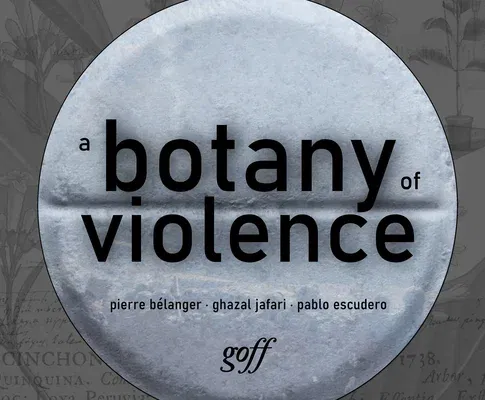From germ theory to plantation logic, this book tracks 529 years of
global, colonial powers in the violent search for the elusive Cinchona
plant of South America.
Smuggled and stolen by the Jesuits and the Spanish Monarchy in the 17th
century, transplanted by Britain and Holland in India and Indonesia
during the 18th century, mapped by German explorer Alexander von
Humboldt in the 19th century, weaponized by the U.S. in the 20th
century, and monopolized by global pharma in the 21st century, the story
of the Cinchona plant--the tree called 'fever'--literally lies at the
base of modern civilization. The quest to find the cure for malaria and
to control the production of quinine as seen in the corporate monopoly
in Africa today also traces deep roots of territorial dispossession and
labor exploitation that lie between the Amazon and the Andes. Behind the
mask of heritage preservation and resource conservation, five centuries
of graphic evidence put into sharp relief the uneven scales of
racialized, gendered violence that are rooted in territorial injustices
and underpinned by state nationalism.
Bringing the map and the territory closer together, state-sanctioned
policies of resource extraction and environmental destruction are
interwoven with contemporary narratives of sovereignty and
self-determination. Like a geopolitical treatise, the archival activism
of this book rebuilds relations with the Cinchona plant, by reclaiming
territorial histories of its peoples and its ancestral lands to confront
the oppressive structures of the settler-state. Overlooked, suppressed,
and marginalized, the long history of resistance movements and
rebellions led by Indigenous and Afro-Latina women not only reveal the
settler-colonial force of the nation-state. Their contemporary
resurgence in the 21st century proposes a counter-map: a way challenge
to the plague of violence and weaponization of resources of the past
five centuries and its transformation into a regenerative flora of the
future.

